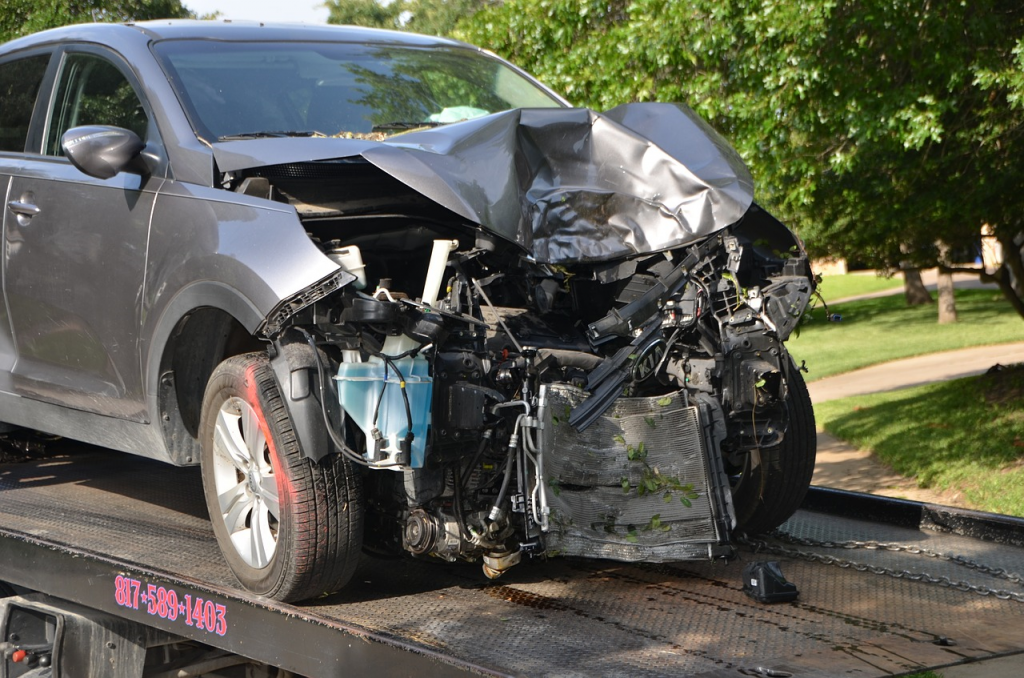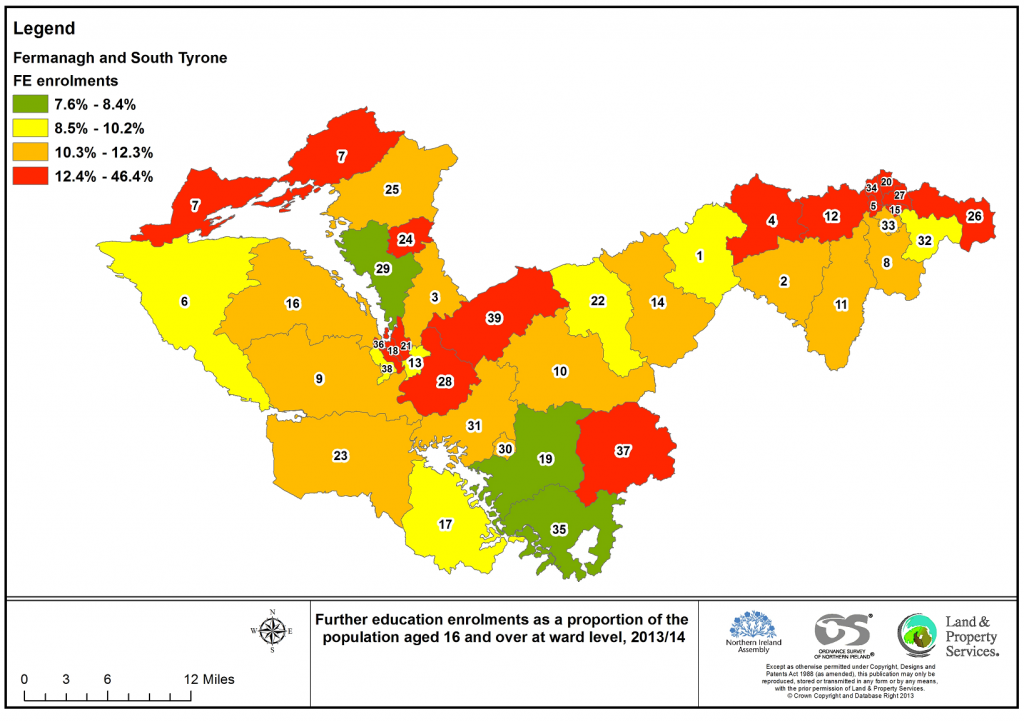Where are we on the COVID-19 curve?
Most of us by now understand the need to ‘flatten the curve’ in order to reduce the number of overall cases of COVID-19 and… Read More »Where are we on the COVID-19 curve?
Most of us by now understand the need to ‘flatten the curve’ in order to reduce the number of overall cases of COVID-19 and… Read More »Where are we on the COVID-19 curve?
By Keara McKay & Thomas Procter This is a visualisation prepared and maintained by the Northern Ireland Assembly Research and Information Service (RaISe). It presents… Read More »Visualisation of COVID-19 in Northern Ireland
This paper presents a brief demographic profile of Northern Ireland, updating a previous article on this subject in 2016. It shows emerging trends in the… Read More »A demographic profile of Northern Ireland in 2017
Please note: this article was edited on 11.2.20 with up-to-date GIS maps showing travel distances to GP practices for 2015 and 2020. Geographical Information Systems… Read More »Celebrating GIS in the Northern Ireland Assembly
Measures which show the spatial distribution of deprivation have been used in Northern Ireland since the 1990s, and play a prominent role in terms of… Read More »Multiple Deprivation in Northern Ireland: Latest results
Our blog has just published its 100th article. The Assembly Research and Information Service launched Research Matters in May 2016 in order to provide short,… Read More »Research Matters at 100
To mark World GIS day, this article will look at how the Northern Ireland Assembly uses GIS to communicate data in effective and engaging ways.… Read More »The Geographic Information Service at the Northern Ireland Assembly
It is difficult to grasp the full extent of what is portrayed by road traffic collision statistics. Each statistic represents a human being and, in the case of those killed or seriously injured, is an untold story of heartbreak and despair, wreaking devastating havoc on families across Northern Ireland. Identifying the factors that contribute to these collisions can inform public education, new technologies and enforcement with the aim of reducing the number and impact of road traffic collisions.

Read More »Fatal and serious road traffic collisions in Northern Ireland
Please note that the Constituency Profiles have been updated with a new layout and are available on a new page here.
The Research and Information Service (RaISe) has just produced updated 2016 Constituency Profiles for each of the 18 constituencies in Northern Ireland. This article looks at why and how these profiles are produced.

Read More »An insight into Northern Ireland Constituency Profiles
Please note: we have posted a new version of this blog article using the most recent data, see here.
This article presents a brief demographic profile of Northern Ireland, showing emerging trends in the population, and comparisons with other United Kingdom (UK) countries, the Republic of Ireland, and the European Union (EU).
Read More »A demographic profile of Northern Ireland in 2016